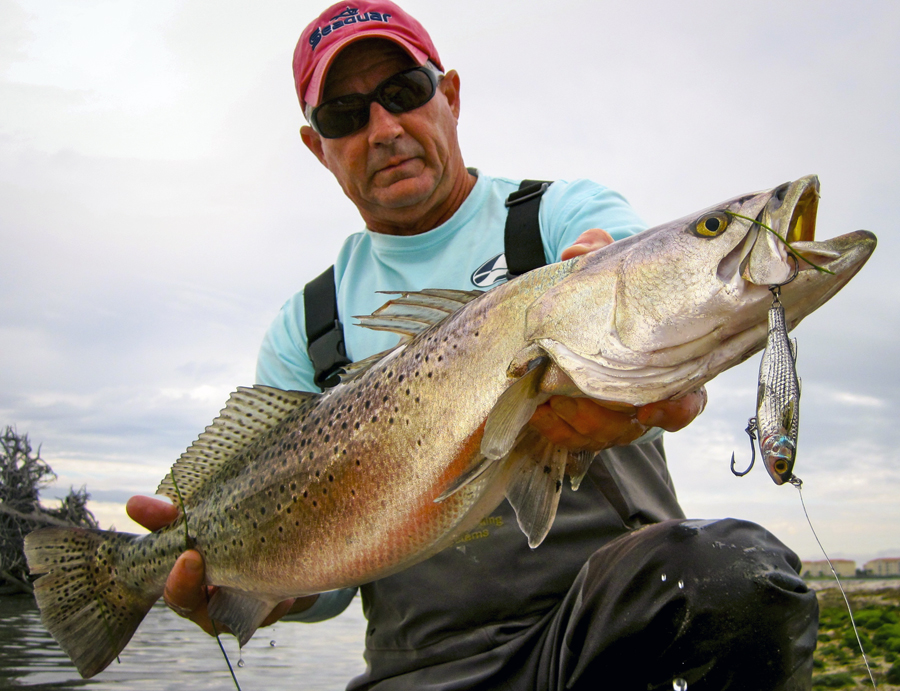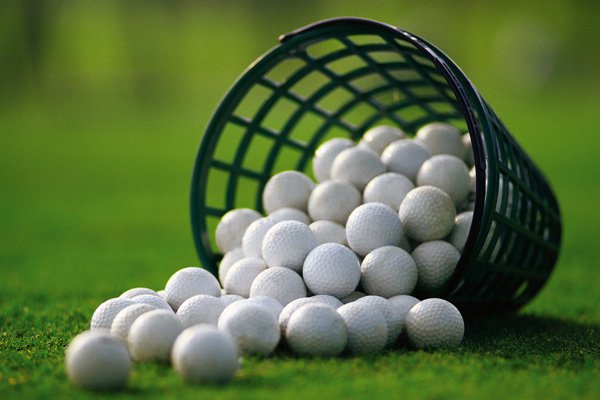How to.....
Question
Dan,
I am a "born again fisherman" if you will.
I was born in MN and got to fish a lot w/ my father until 13 when we moved and haven't fished since.
I am now wanting to start again, but have to say I would like some information on the basics for rigging a line (tying onto a jig, spoon, etc). When to use sinkers, spin swivels (swivel hooks), leaders etc. I know how to tie a DB loop and rapala loop, but would like to know better knots to use for these and can't find anything on the web. I would appreciate your advice very much as I am going fishing in MN this August
Thank you in advance!
Brian
Answer
Brian,
The knots I use are the improved clinch, Trilene, palomar and king sling (it is a loop knot). As for a location on the web - try Berkley, as I think they have something in regards to their Trilene line of products.
Another knot that I use is the quick knot. I mainly use it with braided line, as I've found it will cause monofilaments to break. It locks in the braided so it won't slip.
I've looked back at some articles I've written, and found my submission copy on one regarding knots. I've pasted it below.
DAN扴 FISH 慛?TALES?br>
揃asic Knots?br>
By Dan Galusha
It seems strange that something as simple as a tying a knot for attaching a hook or
lure to the line, can be so interesting to anglers. After all of my seminars there have been
more questions regarding tying a selection of knots, than any other subject. For that
reason this article will cover some of my basic choices, and when and why they are used.
IMPROVED CLINCH
The improved clinch knot is likely the most popular and widely used of any of the
knots. It is definitely the most universal to be used with many types of line. However, I
do not like this knot for using with braided or fusion lines. With these lines there is a
tendency to slip.
Tying the Improved Clinch is done as follows: wrap the tag end 4 or 5 times up
the line; pass the tag end back through the loop made at the bottom (hook/lure end); take
the tag end back up and pull it through the big loop just made by going through the
bottom loop; pull the tag and main line together in an upward motion. To finish it, give
the tag end an extra pull.
TRILENE
As with the Improved Clinch, the Trilene knot is another good all around knot. It
provided a double wrap in the line tie area, and is good to use with all types of lines.
The Trilene Knot is tied much like the Improved Clinch, with a couple of
differences. When the tag end is passed through the line tie, it is done so twice. Then the
tag is wrapped up the main line 4 times, and run back through the double loop. It is NOT
brought back up and through the loop formed by going down through the double loop.
Pull the main line upward, while pulling outward on the tag end (usually held with the
teeth).
PALOMAR
While the Palomar is simple it takes a little more line to tie correctly, and with
less problems. It makes a double wrap around the line tie area, as does the Trilene, but in
a different way. It can also be used with all line types.
The Palomar is tied by using the following steps: double the line, making sure
that there is enough to make a large loop; pass the loop through the line tie; tie the
doubled line in an overhand knot; pass the hook/lure through the big loop; grasp the main
line and tag end, and pull upward.
QUICK
The quick knot is fast, but I do not like using it on monofilament lines, as it seems
like there have been more breaks at the knot. I feel that the way this knot finishes places
a pinch in the line, which in turn provides a weak point at the base of the knot. It is great
for locking in braided type lines where such a pinch does not matter. There is an
indication if the knot is tied correctly, as it is pulled tight - it will have a slight click, and
the tag end will jump.
Here are the steps to follow when tying the Quick knot: pass the line through the
line tie; pull up the tag end high enough to grab it in the middle to start the forming of a
loop; wrap the remaining tag end downward, around both lines, towards the line tie about
4 times; bring the tag end back up through the loop which has been formed at the top of
the knot; pull the main line upward; when the knot tightens there may be a slight click
sound, and the tag end will jump.
KING SLING
Out of all the knots discussed in my seminars the King Sling draws the most
interest. It is a knot that provides a loop for freedom of motion. This is ideal for tying a
jig (especially smaller crappie and ice jigs, that are desired to always stay parallel), and
replacing a clip for a crankbait. I抳e found it works with all types of lines.
While this knot may seem more complicated, it is no more so than any other knot.
The steps are as follows: pass the tag end through the line tie and bring it up about 8 to
10 inches; grab it in the middle with two fingers (spread them if the loop being formed
must allow a bigger lure to pass through); twist the doubled line 4 times; pass the lure
through the loop; grasp the tag and main line, and pull the knot tight. The knot can
slowly be slid downward, by working it along with the index finger and thumb of the
hand holding the lure end, to form a smaller loop before completely tightening it.
GENERAL KNOT TIPS
All knots have tag ends, and in most cases it is said to trim them about an 1/8-inch
long. I have found it is much better to go about 1/2-inch. This does not spook the fish,
and with braided or fusion lines the tag will lay limp, plus allow for any slight slippage
that may occur. Although if the right knot is selected, and tied correctly, there should not
be any slippage.
When pulling any knot tight be sure to moisten the line. This provides a
lubrication to reduce friction, which can weaken a knot.
To provide extra strength, while sealing the knot shut, apply a drop of Fishin?br>
Glue. This will hold any type of line tight.
No matter how expensive the tackle and line, the weakest link between an angler
and the fish is the knot. It is important to select the right knot, but it is extremely
important to tie it correctly. This is why an angler should have a selection of a few good
knots, and learn to tie them well.
If there are any questions contact me through the Dan抯 Fish 慛?Tales?web site
at www.dansfishntales.com, which also links to the Midwest Outdoors?web site. Also,
remember to listen to the Dan抯 Fish 慛?Tales radio show on WRMJ FM 102.3
(Thursday and Friday, 5:45 p.m.; Saturday, 6:15 a.m.) or on the Internet by clicking the
link provided at www.wrmj.com.
Until next time, get out on the water, and enjoy a great day of fishing.
Hope some of this helps. If you have any further questions on this or other fishing subjects, please get in touch.
Best of fishing,
Dan
knots/hitches
fishing from the beach-Daytona area


